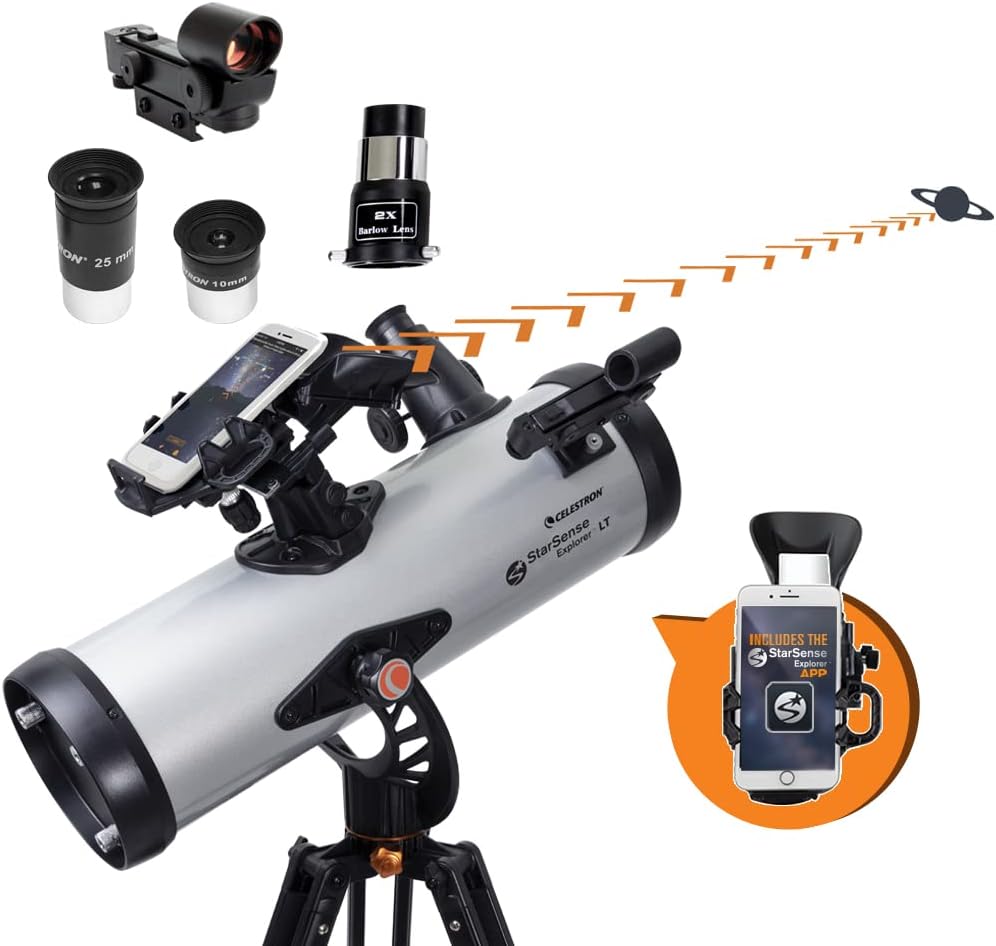Mars Helicopter (before it went to Mars)
I’m at the Jet Propulsion Laboratory in Pasadena, and I’m here to see the first drone that’s gonna fly on another planet. It’s the Mars helicopter. Come on! – So this is our baby. – No way! – Yeah. – That thing right there is the actual machine that is going to take off and land on Mars. It’s going with the Mars 2020 mission. That is the Mars helicopter. – This will be the first powered flight in another planet. – How awesome is that? Now it’s necessary to say first powered flight, because in 1985, the Soviet Vega missions deployed two helium balloons on Venus. They transmitted data for over forty six hours while floating at an altitude of 54 kilometers in Venus’s dense atmosphere, which at the surface has a pressure of over 90 Earth atmospheres. In contrast, Mars has very little atmosphere, only around 1% of Earth’s. – Flying this kind of helicopter is equivalent to flying a similar helicopter on Earth at a hundred thousand feet. So you don’t know, you don’t hear about many helicopters at a hundred thousand. I think forty thousand feet is probably the record. – I checked. Forty thousand feet is the record altitude reached by helicopters on Earth. 85,000 feet is the highest a plane has ever flown. On Mars, the air is even thinner than that. – Right. In terms of density is 1% of what you have in this room. So in this room, a cubic meter of air is about a kilogram. – Yeah – The same cubic meter on Mars will be about 15 grams to 18 grams. So that much – So you have to push a lot of air down. – Yes. You gotta get a lot of air flowing. And so the obvious trick, if you will, is to spin the blades faster. – It can spin between 2300 rpm and 2900 rpm. – That is fast. – That is fast. Yes. – Here I’m trying to work out exactly how fast that is. So I looked it up, and on Earth helicopters typically spin their rotors at around 500 rpm. So the Mars helicopter will have to spin its blades five times faster. – But there are some limits you know, you really don’t want to get the tips of the blades breaking the speed of sound, – cause then you have shockwaves and all sorts of – and you get all kinds of funky aerodynamics and you know the transonic flows and things like that, so you don’t want to go there. So we, in our designs, keep the tip Mach numbers down to below about 0.7. – So 70% the speed sound. – Yeah. It was very conservative. – One advantage of flying on Mars is that gravity is only 38% of what it is on Earth. Even so, making the craft lightweight was essential. – Keeping the mass of this vehicle contained during the entire design process has been the major challenge. – Every single part had to be considered. The entire vehicle is less than 1.8 kilograms – Woah! – So, less than four pounds – That’s about the same as this laptop. – The blades are a foam core with carbon fiber layup. Each of them is about 35 grams. – Wow. – Yes, it’s quite light. Yes. – 35 grams is the mass of six quarters. Think about that: two 35 gram blades lifting an 1800 gram helicopter by spinning 40 times per second in just 1% of Earth’s atmosphere. How long can it fly for? – It’s designed to fly up to 90 seconds. – A minute and a half of flight. – Yes. – To me that sounds like forever, when you’re talking about another planet, flying autonomously by itself in 1/100 earth atmosphere, I mean, come on! Like, that’s a long time! – That is. Yeah. – One of the questions I had was, why didn’t they use a quadcopter design? Well, because on Mars, the blades have to be so long that the whole craft would barely fit on the rover. Two counter-rotating propellers provide the simplest design. They also generate lift more efficiently when stacked on top of each other. – The bottom rotor sees the sort of the more compactified flow. The top one pulls it, the bottom one sees sort of a more concentrated flow. So the bottom rotor actually can do better than if they were separated apart. – But how do you test a helicopter designed for conditions on Mars on Earth? What would happen if you just took your Mars helicopter and you tried to take off on Earth? – It would just make a lot of noise. – Really? – And it probably wouldn’t get the full head speed either… – because of how much atmosphere we’ve got. – Exactly, it’s like trying to swim in a thick soup. We have a really amazing chamber here on lab called the 25-foot space simulator. And in that chamber you could simulate any kind of atmosphere you want. You can go to Martian pressures, you can stay at Earth pressures, whatever you want. But that only took care of half of the problem, that was the aerodynamics aspect of it. There’s the other part which is the gravity. We needed a way to fake Mars’ gravity here on Earth, and the best way that we could figure out to do that was a gravity offload. – Gravity offload just means pulling up on the helicopter, so it only has to support about 38% of its weight just like it will have to do on Mars. – And effectively it was a high-tech fishing reel, so taking a brushed DC motor, a reaction torque sensor, and a pulley, mounting that a couple stories in the air and then attaching a fishing string to the top of the helicopter that would tug the necessary force required to offload the differences in gravity. – An actual fishing line? – Yeah, real fishing line. – But isn’t that stretchy, like don’t you want something that’s perfectly rigid so as soon as you apply the torque it gets applied to the craft? – Right right, and we did a lot of testing with different vendors to find out which fishing line had the best spring constant for us. – What does the helicopter sound like? I imagined that in 1% of Earth’s atmosphere, the helicopter would be pretty quiet. – Yeah you’re still at 1%, but it’s still, real loud. – Really? – Yeah we have audio recordings of it too. But it’s it’s, I would characterize it more like a ‘baaaaaaaaah’, something like that. (baaaaaaah) When gravity offload systems working and the chamber was pumped down, the helicopter thought it was on Mars. It felt like it was on Mars. – How do you actually steer this thing around and drive it? – So the way helicopters work is they have something called collective and cyclic. So what collectives do is they change the pitch on the blades uniformly. So throughout the entire revolution you will move the collective, the blades will change, you can change your angle of attack, you’ll get more lift so that’s basically what you would provides you height control, Right? You pitch more you go up, pitch less you come down. But then, there’s something called a cyclic on helicopters, which basically what it does is it modulates the pitch as it goes around, so it can pitch it a little bit more here, less here, so it kind of like modulates. So what that does is it provides an asymmetric torque, right? When you’re pitched up there you get that additional torque. Now you get it, depending upon the stiffness the system you actually get it with that a gyroscopic lag that can happen afterwards. So once you get an asymmetric torque, the vehicle wants to start pitching or rolling. Right? So once it pitches and rolls, you’re doing it stably. You are now pointed in a direction and your thrust vector now has a component that’s horizontal in the direction that you pitched. Right? So then you start translating in that direction. – I’ve heard that initially someone tried to fly it with a joystick? – Yes. – Was it an early prototype? – If you were sitting right there on Mars and you were trying to joystick it, what is it like? And it’s almost unflyable. And the reason for that it’s the aerodynamics of when you want to command a roll to the left because you see yourself starting to move to the right and you start commanding a roll to the left. There’s a delay aspect. So that that delay effect makes it very very difficult for a human to try and pilot it. – You can’t fly this from Earth… – because of the twenty-minute kind of time delay, so you have to really send sequences. – So essentially you’re gonna push a button, and like 20 minutes later it’ll take off and do its thing and then you will find out. – The way this flies autonomously, it has onboard gyros, onboard accelerometers and onboard camera, an altimeter and an inclinometer; and so using that sensor suite, real-time measurement, you know against terrain and of course the gyros and the accelerometers sensing onboard the real-time estimation of the state of the vehicle is made continuously again at hundreds of Hertz and then that’s fed into the closed-loop control algorithm, that takes the estimated state and then generates the correction that’s needed at the blade level, and then the blades are continuously being controlled. So when you see video tapes of our “successful flights”, right! And the vehicle looks dead calm, it’s coming up, and hovering, and going laterally, coming back; you know the machines are working very very fast and very very hard it just looks very calm, but yes so the the blades are being continuously controlled. – That is amazing. How will it handle a gentle breeze? – A lot of the movies depict – Dust storms? – The big dust storms as being very aggressive on Mars. The truth of the matter is that with 1% Earth’s atmosphere, there is very little matter actually hitting you. – I mean, you’re using that to lift yourself. – Exactly, so there’s enough to lift, right? But we also need to spend at 2200 rpms to be in the ballpark of lifting ourselves. – We built our own wind tunnel that we put inside this 25 foot chamber. How many fans was it, Teddy? 960 computer fans. So, but it does sound like a like a jet engine taking off. So we built a fan wall array, it’s called an open cross-section wind tunnel, where you don’t need the walls, just the fact of having an array of fans we are very confident of being able to go at 11 meters per second, in this vehicle. if I had known that somewhere along the way I’d be building a wind tunnel to do this, I would have probably not taken the job on, right? – How long does it take to recharge? We recharge the whole day. So, the whole day at Mars. – Right. But does that mean that you could do one flight a day kind of thing? In theory? – In theory, yes, by design it can. – What is the size of the battery? – Between 35 and 40 watt hours total. – That’s equivalent to just three smartphone batteries. And get this — most of that energy isn’t even used for flying. – It has to survive temperatures as low as about minus 80 to minus hundred degrees C at night. So we keep the batteries warm and we surround the batteries with our electronics board so the electronic boards also stay warm. We take approximately two-thirds of energy just keeping things warm and warming things up to operate. Only one-third of the energy is available for flight. – Do you have insulation on there to keep it warm? – Yes. When you look at that helicopter, right, you have the solar panel on top with antenna, and then next is the rotor system, and then bottom what you see this cube, is what we call the fuselage, you are seeing it now actually uncovered because you’re seeing the last day of final. We’re recovering for delivery to be integrated onto the rover. okay so usually you won’t be seeing that. So the center of the cube is the ring of batteries, okay. There is space between the battery and the circuit boards that you are seeing. And then there will be a shell that we put on called the fuselage shell, and that will close like CO2, the gas, around. And so the enclosure itself we’re using the CO2 gas as the insulation material – Oh wow! No aerogel? – No aerogel. We did it consider it. It was in the game, it was in the consideration in the beginning, and it turns out that just the CO2 as insulator itself was sufficient for us to close our thermal model. – Right. – And so guess why we wouldn’t want to use aerogel if we have a choice. – Weight. – Yep, there you go. Welcome to our team – Now before the helicopter can experience the frigid conditions on Mars, first it has to get there. And that’s a reminder that not only is this an aircraft, it’s also a spacecraft. – It has to survive launch. It has to survive launch loads which, you know, easily exceed about 80G You know, because of the vibration. Vibrational loads are 80G. – Yeah. Then it has to survive the seven-month trip, complete with radiation. And finally after pulling nine Gs on entry into the Martian atmosphere the helicopter needs to be deployed. This is gonna be on the rover, before you take off, does the rover like pick you up and put you down somewhere? – We’re gonna be stowed underneath the rover on the belly pan on our side. And there’s gonna be several several sequences of firings of explosive devices to actually rotate us right side up and then drop us on the surface. – For example the very last thing the rover does is it’s got us by this bolt, it’s holding us about this high, and then it goes has to drop us, right? – Yeah. – So how do you undo a bolt on, on a spacecraft? – You blow it up. – You blow it up. Basically it’s materials you know undergoes a phase transition which suddenly increases the, the stress in the metal part of the thing and makes the bolt break. It’s called a frangibolt. – Then once we’re on the surface, the rover drives over us, it gets about 100 meters away, and then we have about a two-hour counter internally, where we’ll wake up after 2 hours, wait to hear some RF transmissions, and if we do get that link with the rover then great. – Our base station on the rover would issue the fly now command. First flight will probably be a mutual selfie, you would think.. This is after all the selfie age. – I like that as the goal of the first flight. – Yes it is. In fact, it is good to know the best time to fly this is at 11 o’clock in the morning local time on Mars. and that the reason for that is, we would have come out of the night, where we would have spent a lot of battery power trying to you know stay warm. By 11 o’clock, the state of the charge would have gotten to the point where you could fly without risking a brownout on the battery and then, you know, dropping the whole craft to the ground. Also 11 o’clock is where the Sun would have warmed up things, so we don’t quite have to heat up as much. And also it’s not late afternoon where because of the warmth, the density has begun to drop, okay, and the winds have begun to pick up. Now, what we will investigate is after we get the first couple of flights under our belt, I’m sure we will try to fly in the afternoon and you know do more exploratory things. But the most conservative thing we can do is to sort of pick a mid-morning flight. – So what is the purpose of this mission? The Mars helicopter is first and foremost a technology demonstration to prove that we can fly on another planet. The helicopter can take color photos and videos, but its purpose is not to make scientific discoveries. Instead it is to help engineers figure out how to design and build aircraft for future missions. – You can imagine something that’s about 30 kilograms carrying you know a 2 kilogram science payload, doing exploration, acting like a scout, like a small vehicle, like this, scouting ahead for some future rover; or it could be a gadget that goes and picks up some kind of samples and brings it back to a central lander for more sophisticated analysis; or it could be a completely standalone craft, and maybe more than one that are exploring places where humans and rovers can’t get to easily: polar ice caps, you know sides of cliffs and so forth. So the real emphasis here is to try to get back all the engineering data so that it can inform that future design. – Flying on other planets will provide a new dimension in space exploration. An aircraft is faster and capable of covering more ground than a rover and it can provide higher resolution imagery than an orbiting spacecraft. So maybe one day, aircrafts will be the companions of future rovers or even astronauts exploring other worlds.













